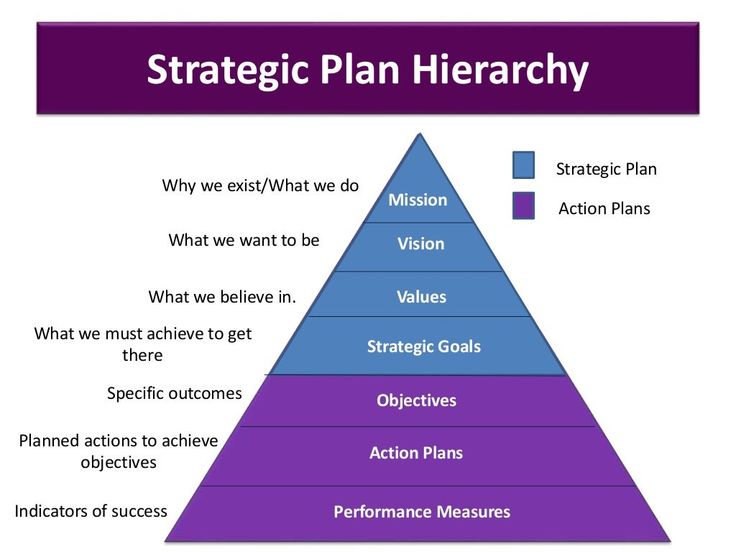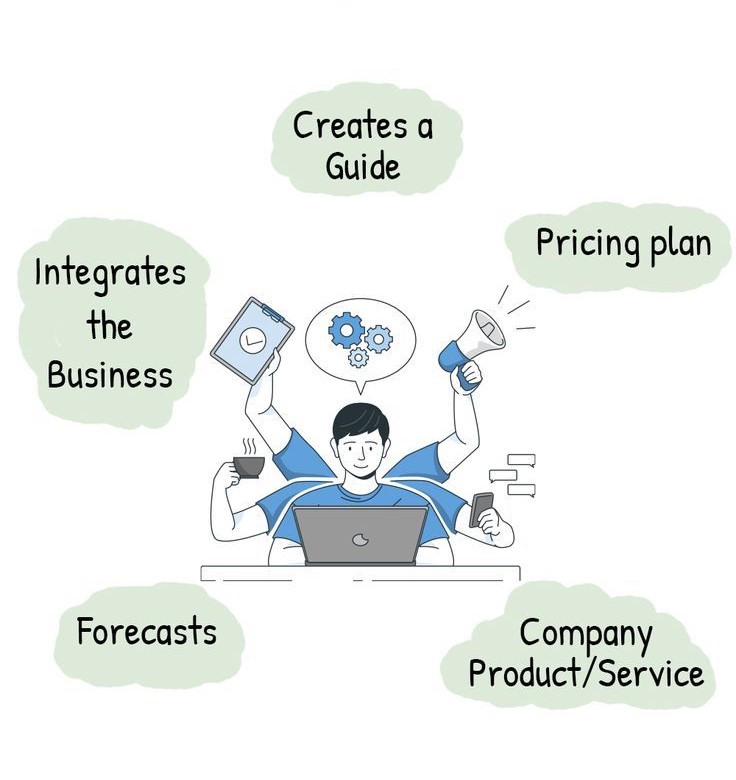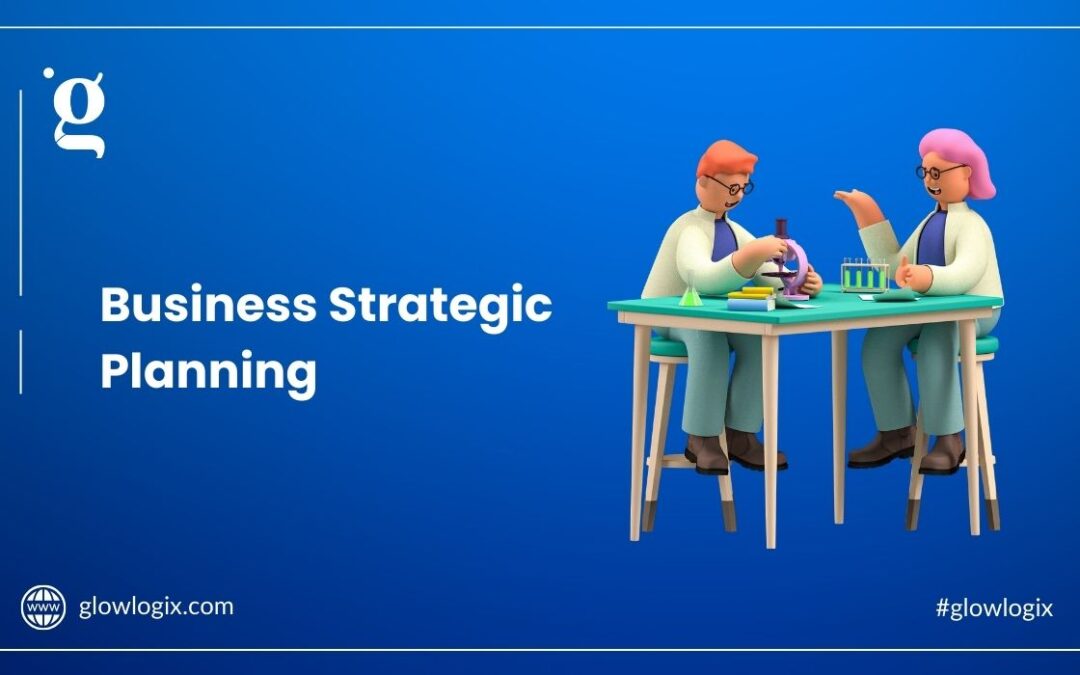In today’s fast-moving business world, having a clear plan is like having a map. It helps businesses know where they’re going and how to get there. Whether you’re a business expert, a company boss, or just starting knowing how to make a good plan is important. In this guide, we’ll take a step-by-step journey to understand business strategic planning. We’ll look at real-life examples of how businesses use strategies to succeed. And the best part? What we learn here can help all kinds of organizations, whether they’re trying to make money or trying to make the world a better place.
Imagine you’re on this journey with us, and we’re all in it together. We’ll explore the ins and outs of strategic planning, and we’ll see how it’s not just for businesses that want to make a profit but also for groups that want to make a positive impact on the world. So, whether you’re steering a big company or just starting your project, this guide by Glowlogix will give you practical insights to help you find your way in the exciting world of strategic planning.
Understanding Business Strategic Planning

Business strategic planning is a systematic process that organizations undertake to define their vision, mission, goals, and the strategies needed to achieve them. It involves analyzing the current state of the business, assessing internal and external factors, and developing a roadmap for the future. Here’s a breakdown of the steps involved in mastering this art:
Define Your Vision and Mission
Every successful strategic plan begins with a clear understanding of the organization’s purpose. The vision statement outlines where you want to be in the future, while the mission statement defines what your organization does and why it exists. These statements serve as the foundation for your strategic planning efforts.
SWOT Analysis
Conduct a SWOT (Strengths, Weaknesses, Opportunities, Threats) analysis to assess your organization’s internal strengths and weaknesses and external opportunities and threats. This analysis helps you identify areas where you can excel and areas that require improvement.
Set SMART Goals
Your strategic plan should include specific, measurable, achievable, relevant, and time-bound (SMART) goals. These goals provide a clear direction for your organization and help measure progress.
Develop Business Strategies
Identify the strategies and tactics necessary to achieve your goals. Consider various business development strategies, such as market expansion, product diversification, or cost reduction. Your strategies should align with your goals and take advantage of your strengths while addressing your weaknesses.
Allocate Resources
Allocate the necessary resources—human, financial, and technological—to implement your chosen strategies effectively. Budgeting is a crucial part of this step to ensure your plans are financially feasible.
Monitor and Measure Progress
Implement key performance indicators (KPIs) to track your progress. Regularly review and adjust your strategic plan as needed to stay on course. Technology and software solutions can assist in data collection and analysis.
Engage Stakeholders
Involve employees, customers, suppliers, and other stakeholders in the strategic planning process. Their insights can provide valuable perspectives and increase buy-in for your strategic initiatives.
Real-World Business Strategy Examples
To illustrate the principles of business strategic planning, let’s explore some real-world examples of companies that have successfully executed strategic plans:
Apple Inc.
Apple’s strategic planning is known for its focus on innovation. They continually invest in research and development to bring groundbreaking products to the market. Their mission to “bring the best user experience to its customers” aligns with their commitment to quality and design. By setting SMART goals and allocating resources effectively, Apple has maintained its position as a technology leader.
Amazon.com
Amazon’s strategic planning revolves around customer-centricity and diversification. Their vision to be “Earth’s most customer-centric company” drives their focus on customer satisfaction and convenience. Amazon’s expansion into cloud computing (Amazon Web Services) and streaming services (Amazon Prime Video) demonstrates its commitment to diversifying revenue streams.
The Bill and Melinda Gates Foundation
Nonprofit organizations also employ strategic planning. The Bill and Melinda Gates Foundation, for instance, has a clear mission: “to help all people lead healthy, productive lives.” They use strategic planning to identify global health challenges, allocate resources effectively, and measure the impact of their programs. Their strategic initiatives have significantly contributed to global health improvements.
Strategic Planning for Nonprofits

Strategic planning is not exclusive to for-profit businesses; nonprofit organizations also benefit from a well-structured strategic approach. Here’s how nonprofits can adapt the steps mentioned earlier to their specific needs:
Define Your Cause
Nonprofits should clearly define their cause and purpose, similar to a vision and mission statement. This helps rally supporters and donors around a common goal.
Conduct a Mission Impact Analysis
Instead of a traditional SWOT analysis, nonprofits can perform a Mission Impact Analysis. This involves assessing the organization’s effectiveness in fulfilling its mission and the impact it has on its beneficiaries.
Set Outcome-Oriented Goals
Nonprofits should focus on outcomes and impact rather than profit. Goals should reflect the positive changes they aim to achieve in the lives of their beneficiaries.
Develop Strategies for Fundraising
Nonprofits heavily rely on fundraising to support their mission. Strategic planning should include fundraising strategies, donor engagement, and grant applications.
Engage Volunteers and Supporters
Involving volunteers and supporters in the strategic planning process can enhance the organization’s reach and effectiveness.
The Role of an Enterprise Strategy Consultant

Many organizations, both for-profit and nonprofit, seek the expertise of business planning consultants to navigate the complexities of strategic planning. These consultants bring a wealth of experience and knowledge, helping organizations streamline their planning process, identify blind spots, and develop strategies for success. Business planning consultants offer an objective perspective, ensuring that organizations remain agile and adaptable in a constantly changing business landscape. Their insights and guidance can be invaluable in creating robust strategic plans.
Conclusion
Mastering the art of business strategic planning is essential for any organization’s growth and success. Whether you are a for-profit business seeking to outpace competitors or a nonprofit organization striving to make a meaningful impact, a well-structured strategic plan can be your guiding light. By following the steps outlined in this guide by Glowlogix and drawing inspiration from real-world business strategy examples, you can create a roadmap to achieve your vision and mission.
Don’t hesitate to seek the assistance of business planning consultants if you need expert guidance on this journey. Remember, strategic planning is not a one-time event but an ongoing process that adapts to the changing landscape of the business world. With dedication and strategic foresight, you can navigate the challenges and seize the opportunities that lie ahead, ensuring a brighter future for your organization.
FAQs
What is Business Strategic planning?
Strategic planning is the compass of an organization, guiding it toward a carefully established direction while envisioning its future and assessing its present state. It involves defining the core purpose and values that underpin all decisions, meticulously documented in a dynamic strategic plan. Envisioning the future entails setting ambitious yet achievable goals, and creating a shared sense of purpose that propels the organization towards growth and innovation.
How to use strategic management?
To utilize business strategic planning effectively, first establish clear, mission-aligned objectives. Conduct a SWOT analysis to identify internal strengths, weaknesses, and external opportunities and threats. Develop strategies that leverage strengths, mitigate weaknesses, seize opportunities, and address threats. Allocate resources wisely, monitor progress through KPIs, and regularly evaluate and adjust the plan to stay on course toward achieving organizational goals.
Does every business need long-range planning?
Business success necessitates strategic planning rather than relying on chance. A strategic plan functions as a roadmap, guiding an organization’s future path. It entails setting clear objectives, conducting a SWOT analysis, and developing strategies that align with the findings. Effective resource allocation, continuous monitoring through KPIs, and regular plan evaluation and adjustment are essential for maintaining relevance and goal alignment. Strategic planning ensures an organization’s actions harmonize with its mission and vision, ultimately driving success.












